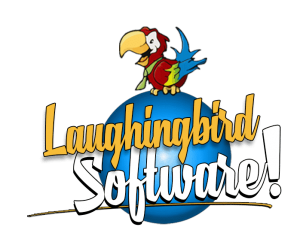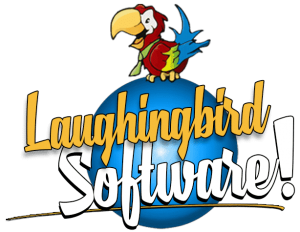Let’s get one thing straight first.
All blog posts, articles, magazines or newspapers need an image.
Images are fun. They bring an article to life. Images make your article move and dance. I pity the people who believe images just get in the way of people reading. On the contrary, I see images as a means of helping people understand an article or blog post better.
So if you want your website to succeed, you don’t just pepper your site with images. You still need to do image SEO.
Oh stop worrying. Image SEO is not that complicated. You just need to follow these 7 steps in order to dominate Google Image Search.
7 Ways to Win with Google Images
1. Always use images
– Of course you can’t possibly dominate an image search without using images, right? But more than that, using images consistently not only makes you eligible but also makes your website look better. The general consensus is one image per 350 words of content. For long-form articles, images offer a form of refuge for the eyes. Making reading easier.
Before you upload any image to your blog or website, name the image. You’d be surprised at how often one gets lazy and names an image “image1.png” or “745s_Image.jpg”! Name each and every image with a keyword that fits your page.
If your page or blog post has to do with real estate, name your graphic “picture of a house”.
If you’re into blogging about music, name the image “My Solo Guitar lesson”.
2. Use better images
– Do a quick Google image search right now and tell me if you see a couple of images there that looked like they were made in the 90’s or were created using Paint. Not to say they are bad but they certainly won’t make people click which is the whole point of Image SEO. Don’t forget that people correlate the quality of the image to the level or quality of service/product they will get. So don’t get too stingy on your image budget. It will pay off.
3. Try to reduce file size
– If you are planning on adding images on all your blog posts then you might encounter issues with load speed. Don’t worry though, you don’t really have to go and sacrifice the quality of your images just to get a smaller file size. There are a lot of tools out there that can help reduce an image’s file size by taking away unnecessary data.
4. Stay away from stock images
– If you are using a stock image then other people in your niche might have used the same image as well. While it’s the easiest way out, it can feel fake and insincere. Instead, use your own images of your office, clients, or yourself. It will help create an initial connection with the people doing the search online
5. Optimize your images
– Image SEO is all about getting ahead of your competition. Majority of the competition will probably be doing the top 4 tips I mentioned above so you have to best them on this tip. Optimizing images means making sure the file name, alt text, and even caption are in order. By “in order”, I mean that they should not be blank or be just placeholders.
6. Make the image support the content
– I can’t stress this enough to other people. Your image should be a supporting pillar for your content. While the image works as some form of oasis in between texts, it still should reinforce the content. Alternatively, the content should also support the image. It might not be a good idea to leave an image hanging by itself without a sentence or two explaining its relevance to the piece.
7. Don’t be afraid to think outside the box
– Creativity should be a dynamic thing so don’t be afraid to try something out. Thinking of using a seemingly unrelated image on your content? If you can flesh it out on your content then it should work fine. It might even pique the interest of a person doing an image search. This is all fine as long as you don’t do it all the time as your blog might seem like a mess.


